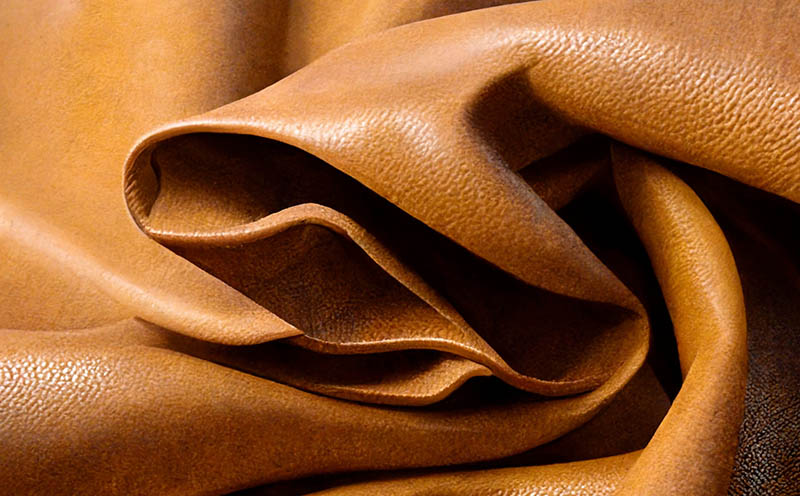Artificial leather has many names: PU leather, artificial leather, faux leather, and synthetic leather. Did you know that this product exists for over a century?
What Does “PU Leather” mean?
PU leather stands for “Polyurethane Leather”. It is synthetic leather that is made from a polymer material that is flexible and durable. This material is created by blending polyurethane, resin, and other synthetic materials to create a material that resembles genuine leather.
Genuine vs Artificial
Unlike genuine leather, which is made from animal hides, an artificial one is a more eco-friendly alternative that can be produced in large quantities and with less waste compared to the production of genuine leather. This makes it a more affordable option for many consumers.

Where is it used?
PU leather is widely used in the production of a wide range of products, including furniture, clothing, handbags, shoes, and other consumer goods. Due to its low cost and versatility, it is a popular choice for many manufacturers.
Benefits of PU Leather
One of the main benefits of PU leather is its resistance to scratches and abrasions. It is also more resistant to water and other liquids compared to genuine leather, which makes it a good choice for products that may be exposed to moisture. This also makes it easier to clean and maintain compared to genuine leather.
Impact on the environment
The production process of PU leather is also less environmentally damaging compared to the production of genuine leather. This is because it requires fewer resources and generates less waste, making it a more sustainable option.

It’s very flexible
PU leather is also more flexible compared to genuine leather, which makes it ideal for applications that require a high degree of flexibility, such as shoes or clothing. This allows for greater freedom of movement and comfort, making it a popular choice for activewear and footwear.
Easy to dye
Another advantage of PU leather is that it has a uniform surface texture and color, which makes it easier to dye and print on compared to genuine leather. This allows for greater creativity in the design and production of products made from PU leather.
Disadvantages of PU leather
Despite its many advantages, it does have some limitations compared to genuine leather. For example, it does not have the same breathability and durability as genuine leather, and it can also crack and peel over time if not properly cared for.

How to make the right choice?
To ensure that PU leather products are of the highest quality, it is important to carefully consider the intended use of a product before choosing between artificial and genuine leather. This will help to ensure that the final product meets the needs and expectations of the consumer.
Historical Facts About Faux Leather
One of the earliest artificial leathers was Presstoff. Invented in 19th-century Germany, it was made of specially layered and treated paper pulp. It gained its widest use in Germany during the Second World War in place of leather. Another early example was Rexine, a leathercloth fabric produced in the United Kingdom. It was made of cloth surfaced with a mixture of nitrocellulose, camphor oil, alcohol, and pigment, embossed to look like leather. The production began in the 1920th.




